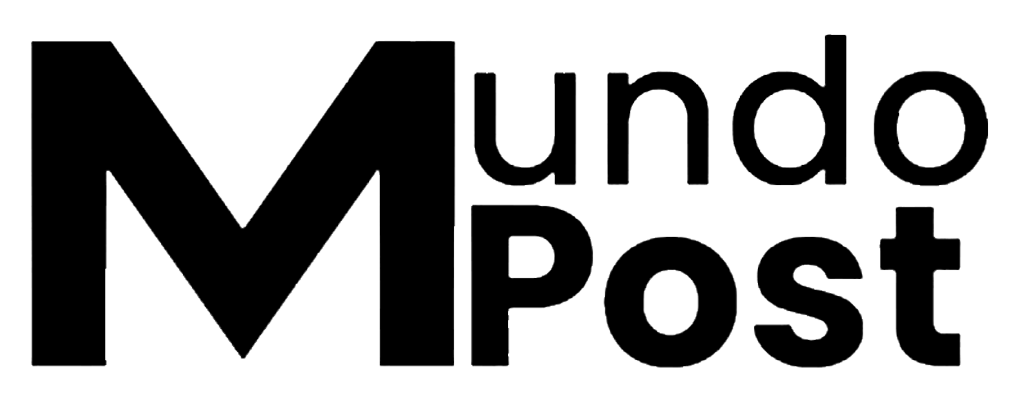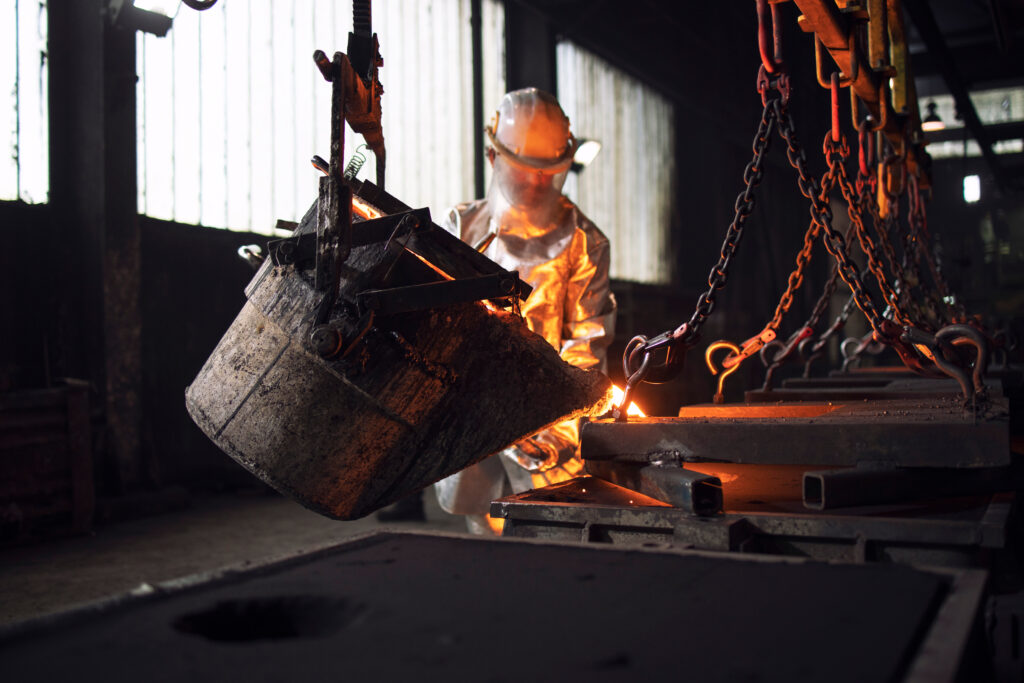The US imposed 50% tariffs on EU steel and aluminium in June, requiring importers to prove material origins.
Importers must now trace steel and aluminium in finished products, creating additional costs for European industries.
Complex Rules Strain Supply Chains
ACEA said the “melt and pour” rule forces suppliers to share information across multiple tiers, which many lack.
Parts combining steel, aluminium, and copper fall under multiple tariff categories, increasing compliance complexity.
In August, the US added 407 product categories, including machinery, turbines, construction materials, and fire extinguishers.
European Industries Face Financial Pressure
ACEA reported that generic materials essential to car manufacturing now face tariffs, though most automotive-specific products remain exempt.
Some carmakers already experience “substantial” financial impacts as they calculate rising costs.
Under the August EU-US trade deal, EU cars already face 15% US tariffs.
CECIMO warned that tariffs increase costs, uncertainty, and administrative burdens, particularly for machine tool exporters.
EU Seeks Relief Through Quotas
The EU failed to secure steel and aluminium exemptions in the July trade agreement.
Officials now hope to negotiate tariff rate quotas to reduce financial and administrative pressures on EU exports.


